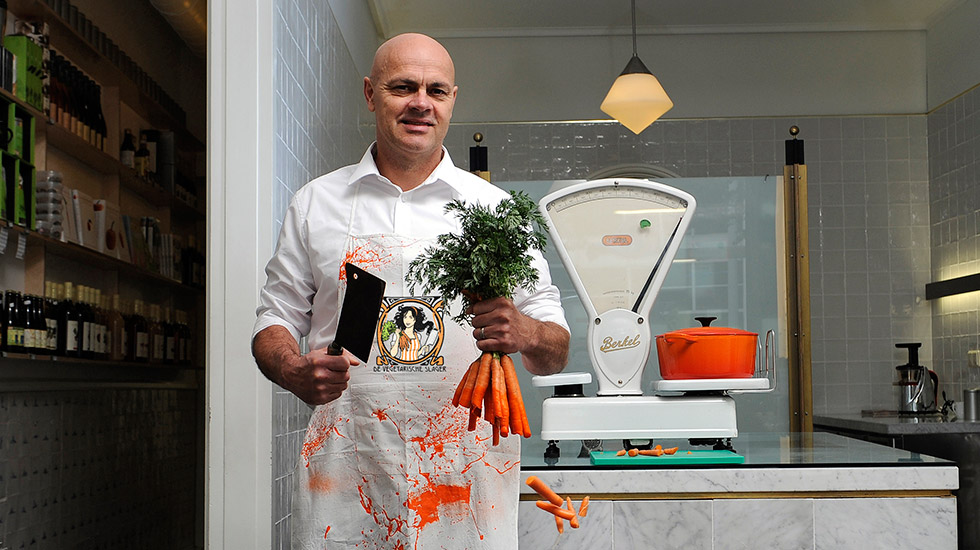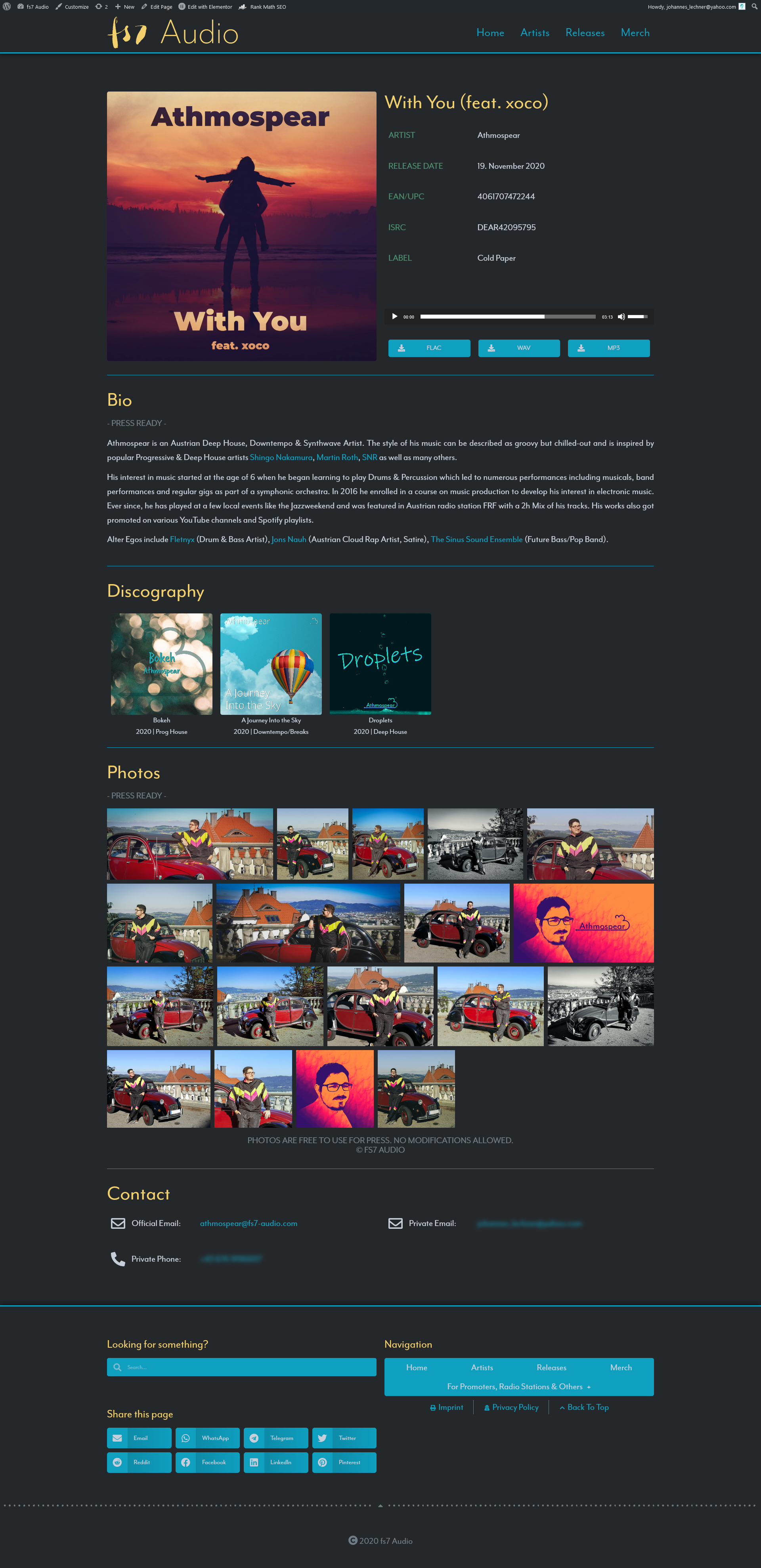The current situation puts museums in a tough position. With missing tourists, museums have to find a way to reconnect with local communities. The easiest and cheapest way is through technology.
Back in 2010 the natural history musem in London was one of the first developed an interactiv AR experience for their visitors.
Natural History Museum in London

As the Natural History Museum wanted to bring its collections to life with a stand-alone interactive film experience. Goal was to capture general public attention and educate science students. A media Team should emerge the complex story of evolution with a cutting-edge interactive technology and a strong narrative, into a new and innovative user experience.
To ensure that visitors would experience a realtime 3D experience that was appropriate to their location within the facility, the production team considered numerous technologies, including stereoscopic 3D projections and Pepper’s ghost presentations that give the illusion of floating objects, but ultimately deemed AR to be the best fit with the proposed content, existing layout, and budget.
HARDWARE
Nothing was available in the gaming, consumer, or medical handheld markets that was robust enough to handle 100 of vistors each day. A custom developed handheld device became the only realistic option.

AR and museums today
10 years later AR software and hardware has developed tremendously. Almost everyone walks around with the technology that is necessary. Manny AR apps have evolved over the last couple of years.
Artvive
10 years later Artvive was founded in Vienna in 2017. It provides an easy to use AR toolkit that is used by artist, museums and exhibitions around the world.
AR as a new gate to museums
For manny people there is a wall between them and the artwork. It feels distant, dry and dead. While there are audio guides in almost every art museum, they are an outdated solution almost 70 years old. All they can do is rattle off information. It’s hard to believe we’re stuck with audio guides when our smartphones let us interact with the entire knowledge of humankind.
Augmented reality can bring a painting to life, allow it to tell its own story and allow you to join the conversation. It can help museums, artists, and art lovers, all at the same time. If we merge augmented reality with art, we transform the experience of creating, presenting, and enjoying it.
The Albertina Museum in Vienna uses AR to explain the biographies of the artists, the history of their artworks, and the process of their painting. Visitors are now able to go inside the paintings.

At Austrian Belvedere Museum, AR reveals the paintings underneath the painting you see before you. The hidden world of do-overs is brought to life in a kind of real-time, sci-fi archaeology of the artwork.
Almost everyone walking in the door brings the equipment with them in their pocket. All the museum needs to do is direct visitors to download the appropriate AR app. Visitors will be more engaged with the exhibition, spend more time in the museum and money in the museum’s gift shop. They will be able to take home augmented reality posters and postcards with the artworks and amaze friends and family. This way, the content created will not only offer a new experience in the museum, but will also function as effective marketing tools for new visitors.
The content is easy to expand and update with new information, or adapt to make connections to a traveling exhibit on display on the other side of the museum.
Need for a Mobile Application
So far, augmented reality works mostly through special AR mobile applications. And that’s the problem: to immerse themselves in the world of AR, customers need to find a mobile app in the App Store or the Play Store and install it. Doing so takes time and, moreover, most people would probably need to keep several AR apps on their smartphones to access different AR experiences. But technology is already adapting:
Blippar, a prominent AR provider, is working on a totally new media format called augmented reality digital placement (ARDP). ARDP doesn’t require a separate AR application. Instead, advertisers can use ARDP to create AR ads by using only smartphone or desktop cameras. Thanks to ARDP, users can tap on a rich media ad (a banner, for example) and activate AR.
Takeaways
An increasing number of museums are using augmented reality to add a new dimension of experinece and to layer additional information. AR keeps art approachable and relevant for all generations and communities. Integrating local artists and communities in content creation that can bridge traditional art and digital art. A Museum visit is still essential, it cannot be experienced without.
The real key to successful implementation will be how effectively AR is woven into the narrative, integrating the virtual with the physical. As with any good storytelling device, this will be the most effective way to ensure that the viewing interface becomes a transparent layer between the object and the visitor’s imagination.
Sources:
Why augmented reality-will save museums worldwide https://artivive.com/why-augmented-reality-will-save-museums-worldwide/
How Augmented Reality Makes Advertising Interactive https://rubygarage.org/blog/augmented-reality-in-advertising
Augmented Reality in a Public Space: The Natural History Museum, London https://ieeexplore.ieee.org/abstract/document/6165244













